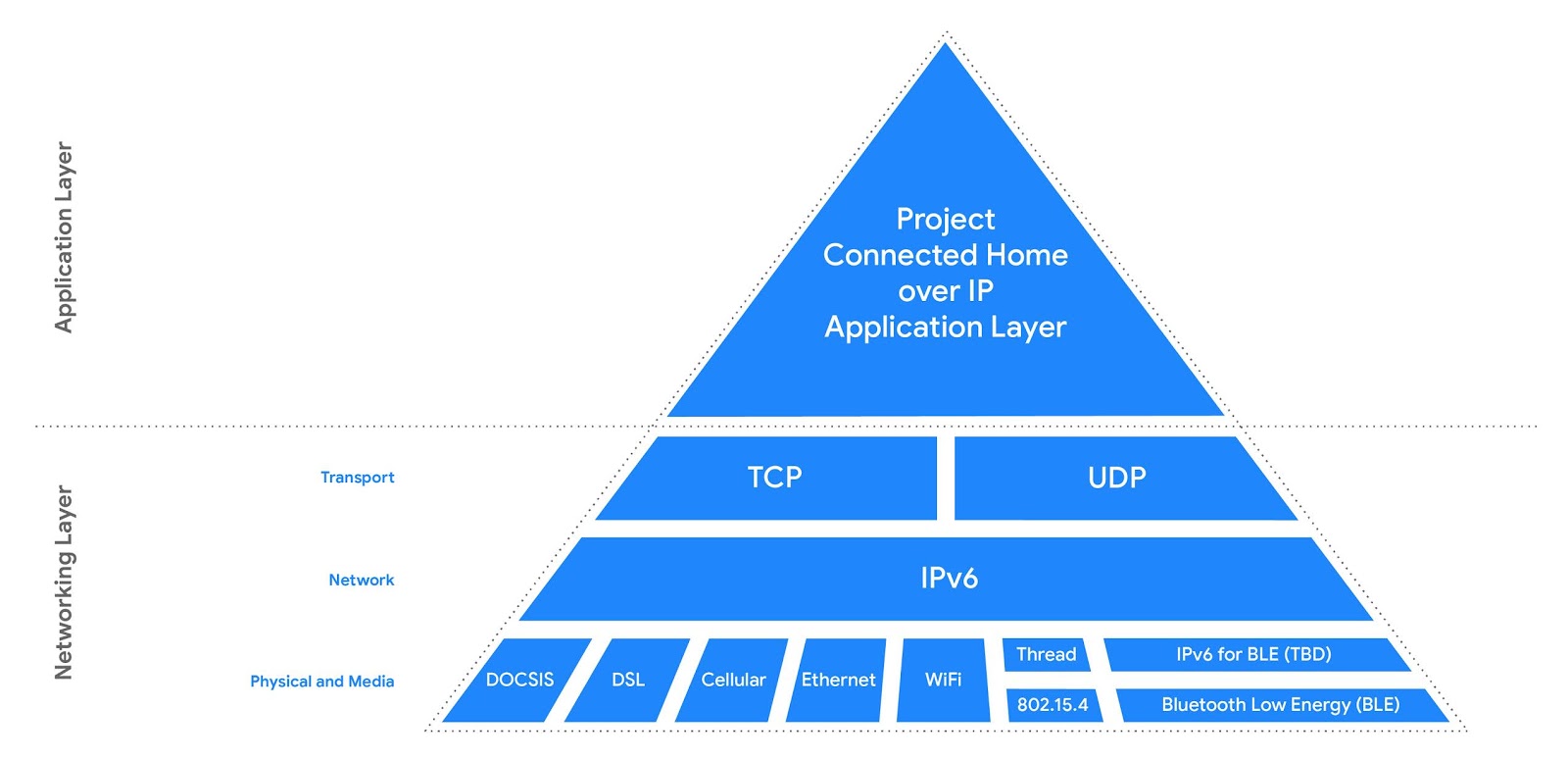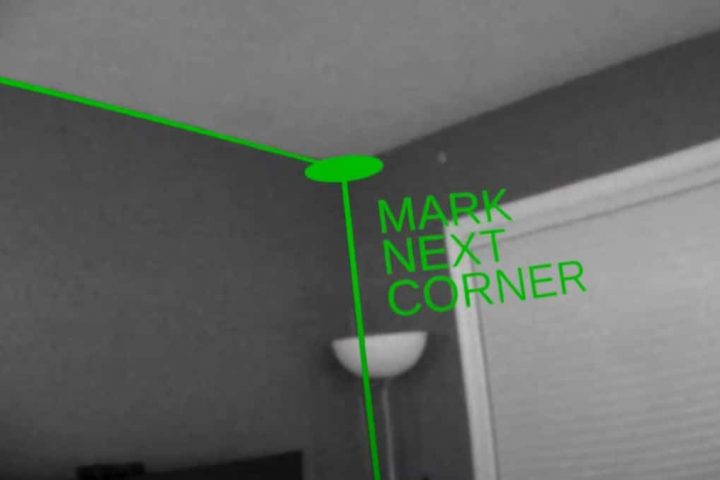Here is how we see these network layer technologies addressing current smart home needs with the Project’s proposed application protocol running over them.
Network Layer Support: Efficient, Fast, and Convenient
At Google, we find that Thread, Wi-Fi, and Bluetooth Low Energy are three complementary wireless connectivity technologies that unlock key use cases in the home:
-
Efficient: Thread
Thread is an IP-carrying low-powered mesh networking protocol, it’s specifically designed for low bandwidth network applications and network infrastructure. It also complements Cellular, Ethernet, or Wi-Fi for cloud and mobile interactions. Thread is well-suited for high reliability applications where outages might be unacceptable as it features a self-healing mesh.
We use Thread today in our products like Nest Detect and the Nest x Yale Lock.
-
Fast: Wi-Fi
Wi-Fi is the popular high-bandwidth, low-latency wireless network designed for mains- or rechargeable battery-powered network applications and network infrastructure. Wi-Fi is typically used to stream the latest content from the Google Play Store to your mobile or living room devices such as Pixel or Nest Hub Max; it can also be a great solution for products like Nest Camera or Nest Learning Thermostat. Finally, when paired with IP-carrying technologies like Thread, Wi-Fi is a path to mobiles, the Internet, and cloud services for low-powered connected devices.
-
Convenient: Bluetooth Low Energy
Mobile phones today provide an easy way to check your smart home devices from anywhere. Phones nearly universally support Bluetooth Low Energy (BLE), providing an easy way to connect and set devices up. In addition to its valuable role in out-of-box setup, BLE can also serve as a direct-to-mobile proximity link, which is not only convenient but can also help meet regulatory “nearby” requirements for safety and security applications. For example, we use BLE as the communication method for App Silence, the mobile alarm hush functionality in Nest Protect.
Acceleration through Proven Technologies and Open Source
Developing any new standard is an intensive and challenging process, which directly impacts its time-to-market to the community.
The Project intends on addressing the time-to-market challenge by bringing together and building upon the best aspects of market-proven technologies such as Google’s OpenWeave as well as other protocols and data models from partner organizations. The intent is to use a system integration effort to combine these technologies into a cohesive, open-source protocol that can be rapidly iterated and tested since most of the code already exists. We hope this approach will bring new benefits to users and device makers faster.
Come Join the Effort!
We are excited to be working with Amazon, Apple, the Zigbee Alliance, the open source community and you towards this goal. We believe the Project will make things easier for customers and developers—providing the ability to choose from a broader and wider array of helpful smart home products, provide assurance products will work together, and deliver on security and privacy, regardless of the ecosystem. It’s much like the ability to use a USB printer, without having to worry about if it works with a Chromebook, Mac, or Windows computer.
Come join us in the Connected Home over IP Working Group today and bring the vision of the Project to life! You can also learn more about our current smart home technologies here and how they enable easy integration with the Assistant.
Source: Project Connected Home over IP




